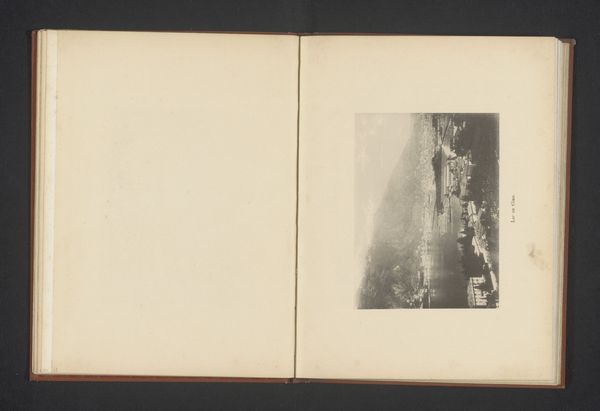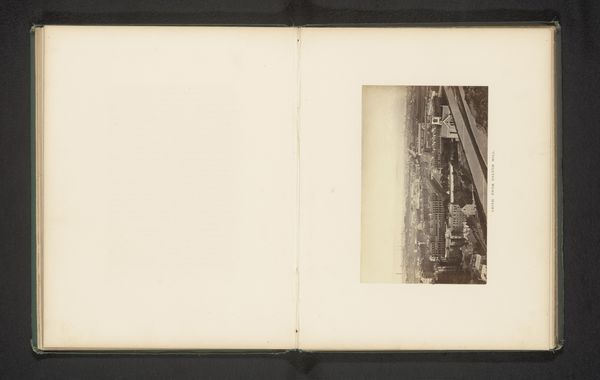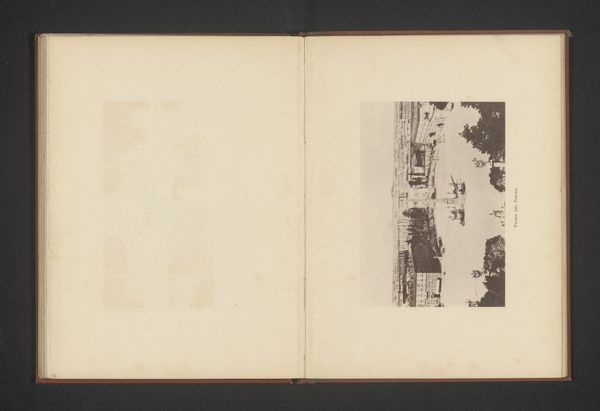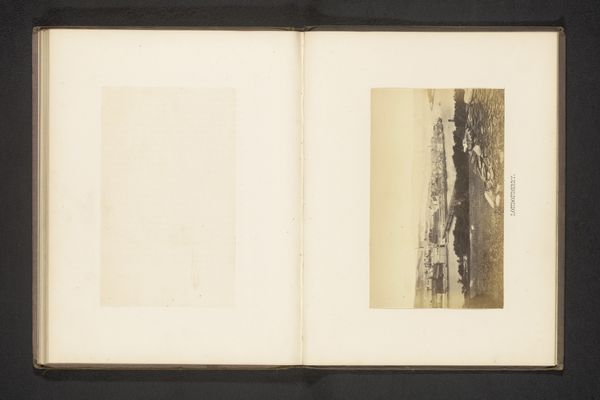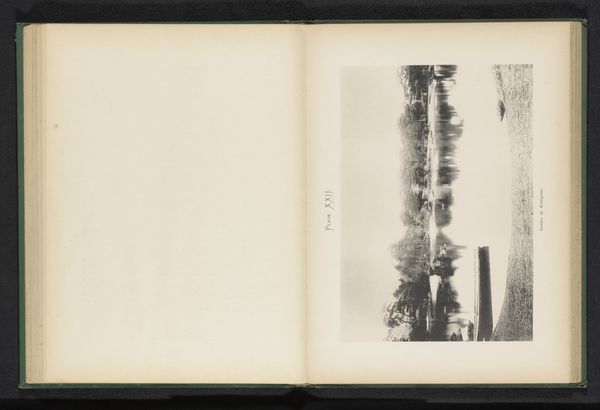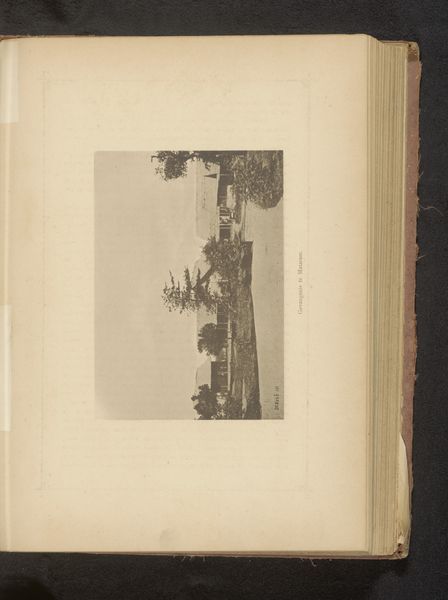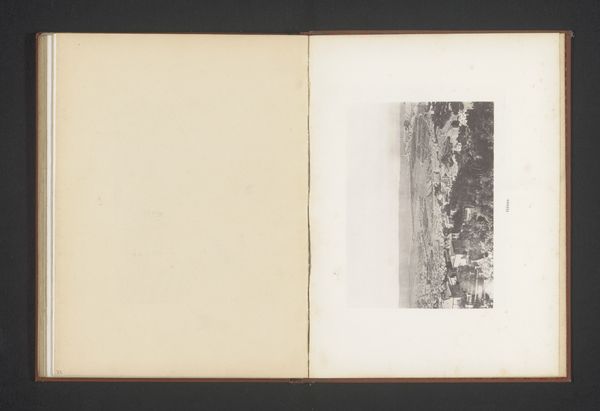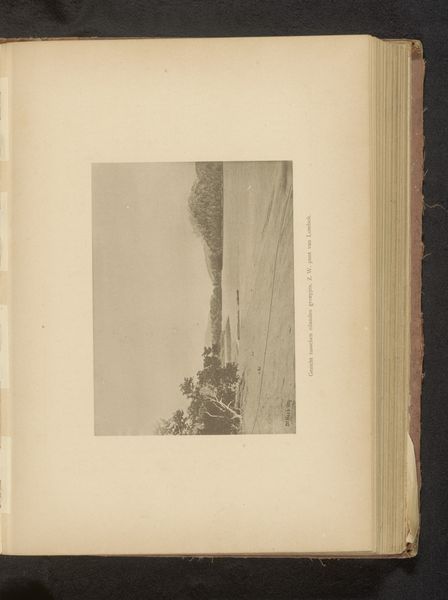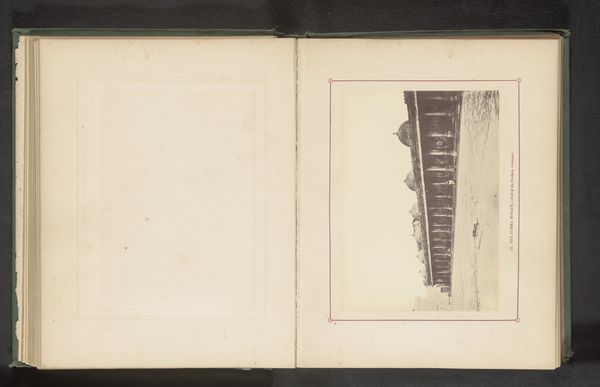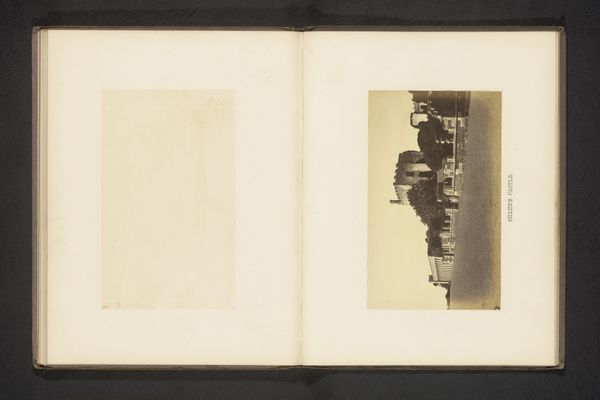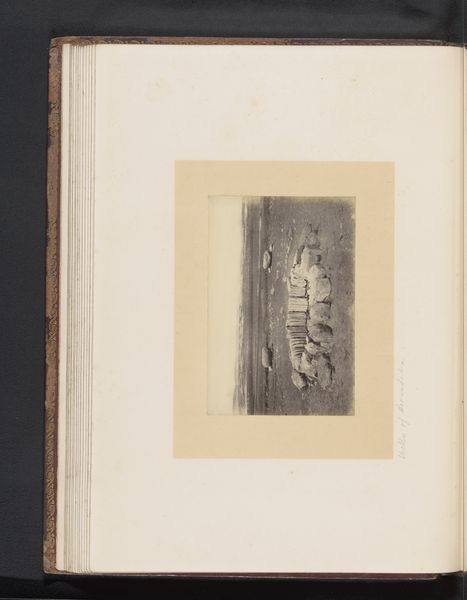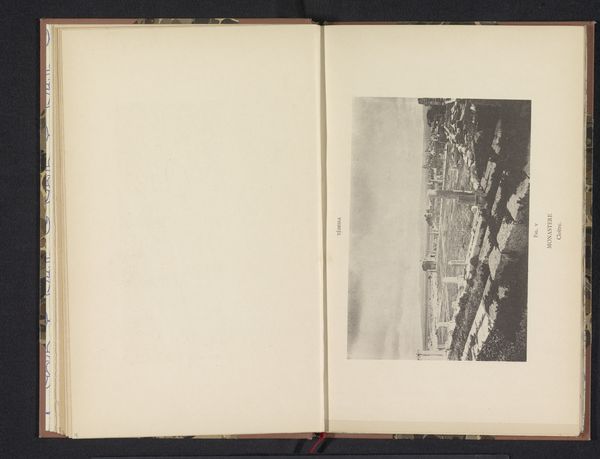
photography, gelatin-silver-print
#
16_19th-century
#
landscape
#
photography
#
coloured pencil
#
orientalism
#
gelatin-silver-print
#
cityscape
#
islamic-art
#
watercolor
Dimensions: height 100 mm, width 150 mm
Copyright: Rijks Museum: Open Domain
This is Francis Frith’s photographic print of the Great Mosque of Damascus, mounted into an album. Frith was one of the first British commercial photographers to extensively document the Middle East. In the 1850s, he made several trips to the region, including Syria. This image of the Great Mosque, also known as the Umayyad Mosque, offers a fascinating insight into the Western gaze on Islamic architecture and culture during the Victorian era. Frith's photographs were not just documentation; they were commodities, catering to a European audience eager to consume images of distant lands. Photography at this time was deeply intertwined with colonial expansion, serving to exoticize and familiarize foreign cultures for Western consumption. To understand Frith’s work, we must consider his biography, the history of photographic technology, and the dynamics of Orientalism that shaped the production and reception of such images. Only then can we fully appreciate its historical significance and the complex social context in which it was created.
Comments
No comments
Be the first to comment and join the conversation on the ultimate creative platform.
